Note You are currently viewing a previous version of this narrative statement as published in previous iterations of the KEF (KEF1 and KEF2). View the latest version
Institutional Context
Summary
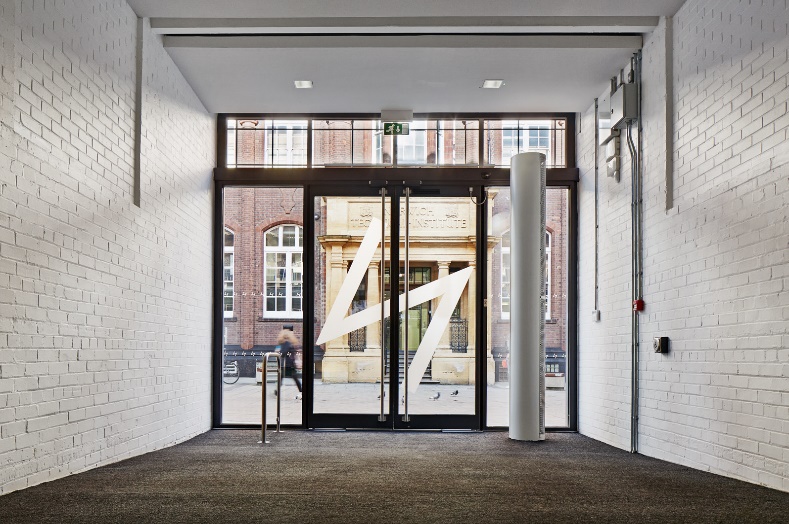
Norwich University of the Arts was founded in 1870 to build creative design process into the Industrial Revolution of the day, and its role remains the same today.
A creative community of 2200 students and 250 staff, our aims in Knowledge Exchange are:
to support the growth of Creative Industry and our regional economy, with the ultimate goal of connecting graduates to high quality employment
to transform lives positively through creative practice – key areas are Animation, Film, Games Design and Digital Design, including UX,
to build sustainability for the University and wider community
Our work focusses on:
creative consultancy
partnership work to develop our regional economy and the UK creative sector
leadership in skills development thinking
Institutional context
Norwich University of the Arts is a creative community of 2200 students and 250 staff. We focus on knowledge sharing in the subjects we teach, ranging from Fine Art, Textile Design and Fashion, to Graphic Communication, Filmmaking, Animation and Games. The University is nationally and internationally recognised for expertise in Games Design education. Our Knowledge Exchange (KE) mission is to apply excellence in creative and design thinking to our industrial, civic and community partners. Our aim is ultimately to create opportunities for high quality employment for our graduates.
The University engages in strategic partnerships both regionally and nationally. We are a magnet for creative talent from across the UK. We develop highly skilled digital creative graduates for growing sectors of the UK economy. By working closely with business, we have demonstrated agile process in innovating our course offer. Examples of this are our recently launched BA VFX and BSc UX Design courses, both of which were co-developed with business partners and in response to skills gaps at a regional and national level.
NUA participates actively in civic life, with senior leadership involvement in New Anglia Local Enterprise Partnership, the New Anglia Innovation Board, Norfolk Museums Development Foundation, and has led the New Anglia Creative Sector Group for 10 years. The University has partnered these organisations in projects designed to promote economic growth, particularly in the creative sector, which has resulted in Norwich being identified as a high concentration creative cluster in the East of England (Nesta 2018), with high potential for growth. In 2016 the University opened the Ideas Factory Incubation Centre for early stage digital creative business – a joint initiative with New Anglia LEP and HEFCE which subsequently created 108 new graduate jobs in the region.
NUA partners national organisations, working at board level with Guild HE, UKADIA and in partnership with Arts Council England, Creative Industries Federation, UKIE, TIGA, and Screen Skills.
NUA has expertise in creative teaching which it shares in supporting the CPD of creative teachers in the East of England, updating industry knowledge and sharing creative pedagogy.
The University engages students and academics in consultancy, working with BBC, Aviva, Norfolk Museum Service, Broads Authority and many others. More recently it pioneered work with partners from outside of the creative sector, such as Marsh Insurance, to address business process issues with creative design thinking. This work shows early promise in unlocking productivity and innovation.
NUA has developed an award-winning approach to employability skills, NUA Profile, working with businesses to identify the top 10 skills as the basis for a gamified employability programme which boosted student engagement with careers from 30% to 80%. The programme includes real-time tracking of employability skills, which we analyse by individual student, by course and by cohort. NUA won a Guardian University award in 2019 for this initiative and has worked extensively to share this approach with employers and other educators both within the region and at a national level, as the innovation has significant potential for skills development in other sectors.
For further information, please send queries to s.steed@nua.ac.uk
Local Growth and Regeneration
Summary of approach

Driving the growth of creative industries and our regional economy, with the goal of connecting graduates to high quality employment, is the core objective of Knowledge Exchange at Norwich University of the Arts. The University participates in the life of our City and region, investing time knowledge and expertise in the development of their economic and cultural lives.
Our work focusses on:
Regional economic growth – in creative industries and more widely
Supporting early stage creative start-ups through the Ideas FactoryNUA Incubation programme.
Investing leadership time in partnership organisations:
local government
creative and cultural partner organisations
businesses that benefit from creative problem-solving
Our commitment to Norwich; its built environment, commercial potential, investment in people and cultural life.
Aspect 1: Strategy
Norwich University of the Arts (NUA) is an important knowledge asset for our region, and a key player in regional economic and cultural strategy. The geographic areas of most important to us are:
Norwich
New Anglia LEP (Norfolk and Suffolk)
The East, which reflects our operational reach, and is the geography of strategic KE partnerships such as EIRA and Royal Television Society East
The UK Creative Sector; we invest time and expertise in national organisations relevant to our specialisms, in order to inform and learn from national debate, and support the growth of our key sectors for graduate employment and entrepreneurial activity
Our approach to these geographies uses KE to create opportunities for our graduate community; although a significant proportion of our alumni - particularly those working in Games, Film, Animation and Digital Design- move to London and the South East, the 63% of our graduates from a Polar 4 Q1&2, disabled or BAME background cannot always do so. This informs our commitment to developing pathways in our own region.
We work particularly closely with New Anglia LEP, with senior involvement in the development of the Economic Strategy and Local Industrial Strategy, representation from the University’s SMT on their Innovation Board and Digital Tech Council. We have led the New Anglia Creative Sector Group since its inception and developed the regional Creative Sector Skills Plan; work which underpinned our commitment to sector specific growth in the region.
This level of collaboration has enabled us to identify key issues and barriers to growth, informing our KE response.
Our strategy is to partner in collaborative bids with organisations and knowledge bases with expertise that is complementary to ours. Our key partnerships are the EIRA project, led by University of Essex, Breakthrough, led by Hethel Innovation and Invest East, led by New Anglia LEP. Even without HEIF funding, this enables us to play a full role in the growth and regeneration of our region, focussing on skills and knowledge. It connects us to key growth sectors in our region – ICT, Biotech, Agritech, AI and Advanced Manufacturing.
At a national level, we work with specialist creative organisations and trade bodies, for example CIF, CIC, UKIE, TIGA, CHEAD, UKADIA, and AIXR.
We invest the time and knowledge of our SMT and senior academics in strategic leadership of partner organisations through board membership and collaborative working. This enables us to understand the issues and challenges in our region and the wider creative sector, which, in turn, informs our own innovation and KE response.
Aspect 2: Activity
Norwich
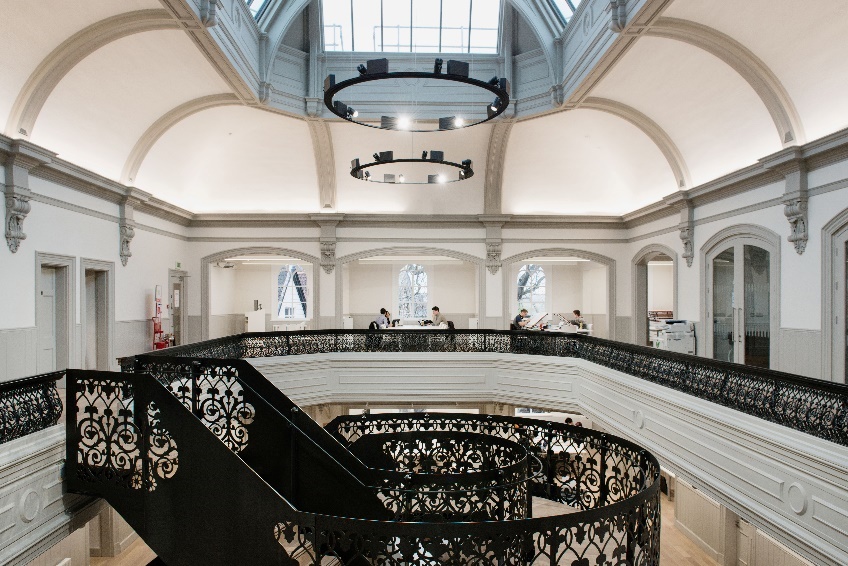
Moreover, since 2015, the University has invested £13 million in renovating and repurposing existing buildings including brown-field sites in Norwich to deliver high quality teaching spaces for our students.
A £20 million development, Duke Street Riverside, is underway to create a new teaching space -home to our new BA Acting course, training actors for Digital Media. It includes a new riverside plaza - an accessible public space transforming a derelict area of the city centre.
NUA has worked in partnership with private investors to build city centre student accommodation, in response to the city’s need to free up capacity in housing for families. It will connect students to the facilities they need and has leveraged £10 million of private investment in Norwich.
NUA is integrated with Norwich’s creative eco-system, with board-level involvement in the Norwich Towns Deal and Norwich BID. We support meet-up and networking groups such as Hot Source (2,000 members) and work closely with the New Anglia inward investment team – bringing a new VFX business, Lexhag, to Norfolk in 2019.


NUA supports the creative and cultural life of the city, supporting the New Anglia Cultural Board, Norwich Cultural Compact, Norwich Heritage Alliance, Norwich Contemporary Art Society, East Anglia Art Fund, and graduate-led social enterprises like Print to the People and Outpost Art Collective. In 2016 NUA was the lead partner that brought the British Art Show to Norwich, attracting over 48,000 visitors to Norwich.
Active involvement in festivals is an important way for us to share the creative life of NUA with the regional community – and a way for us to support others in bringing visitors and commerce to the city. We collaborate each year with the Norfolk and Norwich Festival and were lead sponsors in 2020 of the first Festival of Light in the city which attracted 15,000 visitors. Three of the installations were on the NUA campus, bringing city visitors into our environment to enjoy contemporary art using light as its medium. NUA’s Dean of Design and Architecture led a seminar workstream as part of the festival. In 2019 we sponsored ‘First Light’ a new festival which aims to regenerate Lowestoft, engaging staff and students in design support for the new programme.
Each summer, NUA opens its doors to the public for our UG and MA Degree shows, inviting 9,000 visitors to explore the campus, enjoying student work from all courses across Art, Design, Architecture and Media. In 2020 we created an online Graduate Showcase https://nuagradshowcase.com which has had 19,000 visits since launch.

East GalleryNUA has shown 18 exhibitions since 2017, attracting 23,250 visitors. The gallery, which offers free entry to the public, exhibits national and international standing, including Anthony Caro, Claude Cahun, Alfred Munnings, Eduardo Paolozzi and Cornelia Parker.
Since 2018, East Gallery has been complemented with a plinth on campus which has exhibited important works by Damien Hirst and Anthony Caro. These striking displays attract visitors to Norwich. We worked with Houghton Hall on exhibitions by Richard Long, Damian Hirst and Anish Kapoor, boosting the visitor economy.
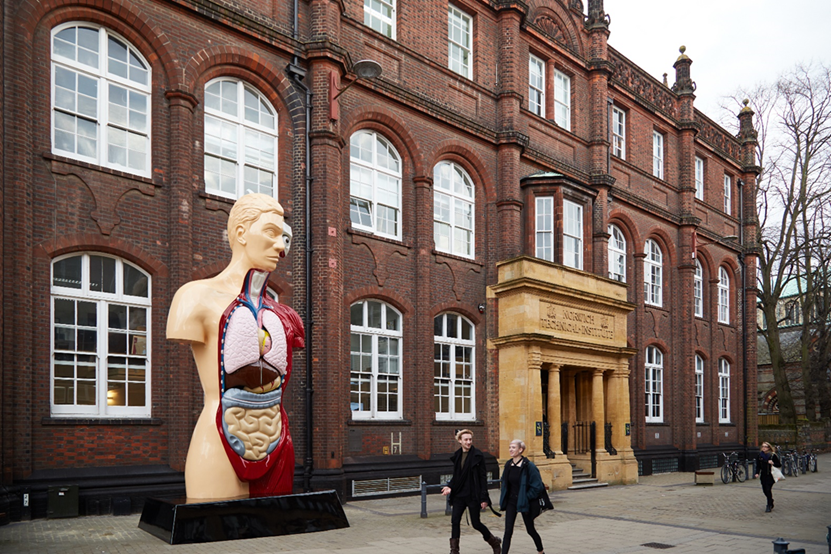
New Anglia and the East
In New Anglia, NUA has been funded initially by the LEP and subsequently EIRA (to deliver innovative cohort-based internship schemes for three successive years, to support the growth of creative micro businesses, and retain creative digital skills in the region. Co-developed with the Creative Sector Group, the scheme operates as a ‘pooled’ graduate training scheme, centrally delivered by NUA, which micro-businesses can participate in. The Norwich TTWA is a ‘high potential’ creative cluster (Nesta 2018), inhibited by average business size and relatively low productivity, and our programme directly addresses these issues. Moreover, given that the average creative job generates more than twice the average GVA in the rest of the economy, building this element of the region’s economy directly addresses poor productivity performance.
This year, the University is, in collaboration with New Anglia LEP extending the scheme to place creative graduates in traditionally non-creative sectors that need to address innovation and productivity. The project, ‘Connecting Creative Capability’ results from a successful pilot NUA undertook with Marsh Insurance to deploy design principles and creative problem-solving to operational business issues, which enabled the Marsh Norwich team to work more effectively with colleagues in Pune, India.
NUA has worked with the LEP to develop to the New Anglia Covid Recovery Plan. We answered the immediate call for manufacturing PPE at the start of the pandemic, but equally important is our contribution to the economic recovery of our sector. Over the next 18 months we will co-deliver the ‘Invest East’ project, regenerating and rebuilding the Digital Creative Sector. Our analysis of successive regional sector-wide surveys undertaken by NUA during the pandemic, identified a significant barrier to growth for (SME) business is a lack of skills in translating their operation to an online format. NUA academics in Graphic communication, UX Design, Animation, and Games will share their knowledge of how to create optimal digital user experience.
NUA invests the time and expertise in the strategic leadership of New Anglia LEP, Norfolk Museum Service, Royal Television Society East, Norfolk Film Assets Steering Group and the Norwich Film Festival.
In 2019 NUA sponsored the ‘First Light’ festival in Lowestoft, engaging staff and students in design support for the new programme, which is a key part of the town’s regeneration strategy.
In the wider Eastern region, NUA is a partner in EIRA , a CCF project, led by University of Essex, applying with them for Phase 2 funding. NUA is on the project steering group, and has delivered creative specialist consultancy, start-up grants for digital creative micro-businesses and helped 30 new businesses to connect to graduate talent. The project connected our creative specialist knowledge to academic expertise in AI and Biotech through the network of HE and FE project partners.
UK Creative Sector
At a national level, NUA leads UKADIA and is represented on the boards of Guild HE, CHEAD and works in partnership with Arts Council England, Creative Industries Federation, UKIE, TIGA, and Screen Skills. NUA is a member of AIXR, a national group supporting the development of the XR industry and presented the University’s development of VR-based careers resources at London Tech Week 2019.
Aspect 3: Results
Our contributions to the Local Industrial Strategy, the Economic Strategy and Covid Recovery Plan, have resulted in Digital Creative beinga focus area for regional growth. Consequently, funding is available for business in areas such as Games, Animation and Digital Design to innovate and grow, in collaboration with NUA and other regional knowledge assets.
Through our leadership of the Creative Sector Group we connect businesses to new funding streams. We have led and co-developed successful bids to government bringing funding for the Digital Creative sector to Norfolk and Suffolk. An example is our HEFCE Catalyst project to develop VR-based work experience, a collaboration between NUA and Immersive VR, supported by the wider Creative Sector Group businesses. The project explored experiential learning gain through immersive formats using the University’s award- winning Careers Game, NUA Profile – the results were shared with other educators at all levels through the Careers and Enterprise Company and Norwich Opportunity Area, Aviva, Marsh, and HMP Bure. NUA Profile won a Guardian University Award in 2019 for its innovative development of Careers resources.
Our direct involvement with the Inward Investment team and leadership of RTS East brought an established VFX business, Lexhag, to Norfolk, connecting them to academic expertise, regional grant- funding, and peer businesses in film production.
During the first Covid lockdown, Creative Sector group moved from quarterly to bi-weekly meetings. Every participating business was connected to Covid relief funding and the majority are still trading as a result. Insights from the surveys used to measure the effects of the pandemic have informed LEP policy, and the national approach to the Creative Sector through Creative Industries Federation, Guild HE and UKADIA. The data was used in the development of the EIRA funding response, through the design of specific packages for business for agile access academic and graduate talent, particularly in digital design.
NUA’s Creative Internship scheme helped 45 businesses to build their teams; 95% of interns were offered permanent roles after the scheme. One example is October Films who used the scheme to build in-house editing capacity, enabling them to pitch for new production contracts.
The Ideas FactoryNUA Incubation Programme has supported the early stages of 70 creative start-ups, resulting in 108 new graduate jobs since 2016. Through EIRA microfinance we supported five creative start-ups
NUA works with 33 schools through the NEACO partnership, highlighting pathways to HE in communities with low participation. NEACO funding has delivered CPD to teachers in target schools, and firm acceptances for places at NUA were up by 22% in 2020. 63% students are now from Polar 4 Quintiles 1 &2, disabled or BAME backgrounds.
The results of our activity are communicated through NUA and Alumni social media networks and through partner platforms such as EIRA, New Anglia LEP and LinkedIn groups like Hot Source which gives us access to 2000 creative entrepreneurs in the Eastern region. We are regular contributors to Visit Norwich and Visit Norfolk, jointly promoting the Visitor Economy.
For further information, please send queries to s.steed@nua.ac.uk
Public & Community Engagement
Summary of approach
Public and Community Engagement is the mainstay of NUA’s Knowledge Exchange Strategy.
Our programme is driven by 3 objectives:
to support the growth of Creative Industry and our regional economy, with the ultimate goal of connecting graduates to high quality employment
to transform lives positively through creative practice
to build sustainability for the University and wider community
We work with external organisations through:
Consultancy in Design and Media, usually involving our students, and integrated into teaching and learning
Problem-solving workshops using design principles to solve issues in innovation, productivity or communication
The Ideas FactoryNUA business incubation programme
Graduate internships
External use of NUA facilities
Outreach activity targeting specific demographic groups through NEACO
Senior level leadership of partner organisations
Aspect 1: Strategy
Public and Community Engagement is core to our Knowledge Exchange (KE) Strategy. Investment in this area is driven by 3 objectives, stemming from our Strategic Plan:
supporting the growth of Creative Industry and our regional economy, connecting graduates to high quality employment
transforming lives positively through creative practice
building sustainability for the University and wider community
Despite not receiving HEIF funding from government, we work with external organisations principally through:
Design and Media consultancy, usually involving students, and integrated into courses
Problem-solving workshops using design thinking to solve issues in innovation, productivity or communication
Ideas FactoryNUA business incubation programme
Graduate internships
External use of NUA facilities
Outreach activity targeting specific demographic groups in 33 schools through NEACO
Senior level leadership of partner organisations, e.g. Norfolk Museum Service, Norwich Theatre Royal, New Anglia Tech Council
Progress in KE is reported monthly to the University’s SMT and through Vice Chancellor’s reports to our Governing Body. The Director for Innovation and Engagement leads KE, sharing participation in external organisations with SMT.
In our region we work with New Anglia LEP, Innovation Board, Councils, BID, Towns Deal Board, Good Economy Commission and Creative Sector Group. In addition, the University works extensively with individual organisations both in and beyond the creative sector.
Nationally we support Creative Industries Federation, Arts Council, CIC,TIGA, UKIE, CHEAD, Guild HE, UKADIA. Internationally we work with British Council, notably through Creative Spark.
The insights derived from these partnerships inform our approach.
Integral to our strategy is collaboration through project partnership – currently through EIRA (CCF), Breakthrough (ERDF) and Invest East (New Anglia LEP)
Every academic nominates an Academic Excellence Pathway – KE, Research or Teaching Excellence. Currently 16% of academic staff are on the KE pathway. Pathway plans are centrally coordinated through a Pathways Monitoring Group.
External organisations can find out how to work with NUA through our website and social media, although most interactions result from our active networks, and understanding of regional and sector-specific challenges.

One example is our project with Norfolk County Council to improve mental health provision for young people by developing animated resources based on ASMR and Lo-fi HipHop.
The project connects our exploration of animated tools for NUA Student Support (originally funded by Advance HE) to the Norfolk Mental Health Services Team through participation in Future Norfolk strategy workshops.
Aspect 2: Support
KE at NUA is managed through the Business and Employability team, working with academic staff on the KE pathway. The B&E team manage projects, including client liaison and administration.
Our internship and consultancy models operate with a single point of contact for each external organisation, responsible for project management and funding body liaison. Although the number of projects we can undertake is limited by our size, each is efficiently delivered with tangible results.
By partnering with EIRA, Breakthrough and Invest East, we access broader marketing networks, outreach capacity and training opportunities for academics than we could alone. We have connected 19 businesses to EIRA Innovation Vouchers, Start Up grants and Internship support, and a further 15 through Breakthrough.
Over the last 3 years almost all our students have been involved in projects ranging from consultancy for Aviva to collaboration with curators at Wysing Gallery. Their involvement is underpinned by employability support and linked to course learning outcomes.. Our project capacity would increase significantly if we received HEIF funding as many other universities do. With HEIF we could increase the capacity and reach of our activity.
Aspect 3: Activity
Our Public and Community Engagement, with organisations ranging from BBC East to Aviva has focussed on delivery of our core aims.
Supporting creative industry and the regional economy

95% were offered employment at the end of the scheme, which fast-tracks employability skills development. Participating businesses ranged from global UX specialists Foolproof, to start-ups like e-surgery.com

We designed a brand identity for ethical Norfolk start-up Grey Seal Coffee, which enabled them to establish product distribution beyond the region.
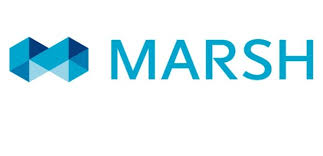
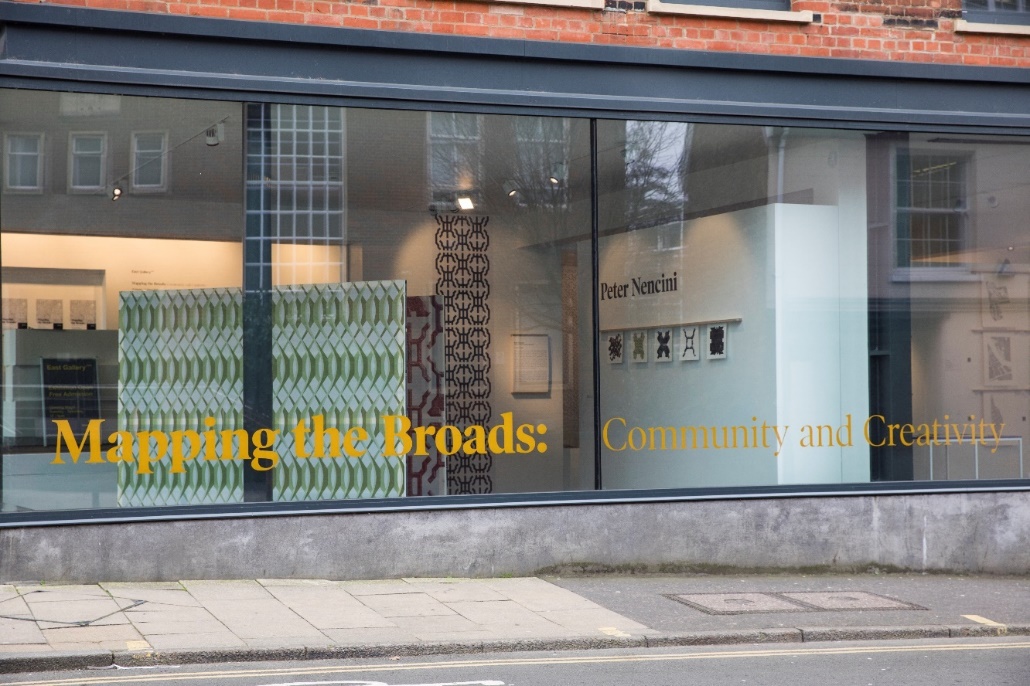
We have delivered a 3-year programme ‘Mapping the Broads’ holding illustration workshops with community groups such as English Plus, helping recent immigrants connect to their new home. The project is HLF funded - part of the ‘Water Mills and Marshes’ project.
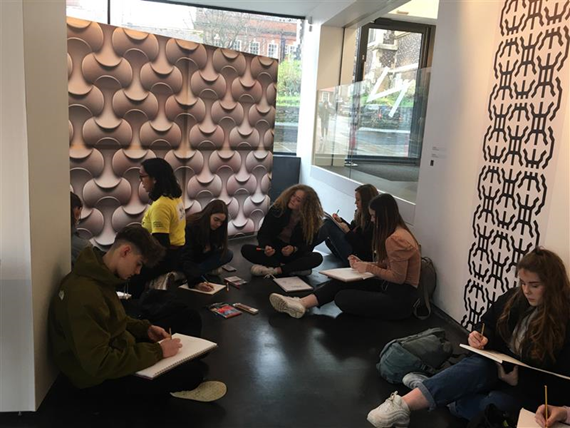
It was exhibited in 2020 as ‘Mapping the Broads, Community and Creativity’ in NUA’s East Gallery, with participation from community groups. It is the subject of an international academic symposium in November 2020
In 2019, through the ECVAN New Geographies project, funded by Arts Council England, NUA commissioned a new sound work ‘Moveable Estates’ https://newgeographies.uk/artist/cooking-sections/ from internationally acclaimed artists, Cooking Sections, highlighting the issues of coastal erosion. The creation and installation of the work at Winterton on Sea was developed with input from many different community groups.

Originally inspired by commercial gamification at Aviva, NUA Profile was developed with Creative Sector Group. The award-winning programme presents employability skills as a series of games using cards, board games and VR.
The programme has increased student engagement with the Careers team from 30% to 80%, tracking progress in real time through a digital platform based on skills self-assessment.
It has been widely shared with other educators and organisations ranging from Aviva, LSI Architects to HM Prison Bure. It was presented at a Westminster Employability Conference in 2019 and at London Tech Week 2019. Profile won a Guardian University award for Innovation in 2019.
We are working with the Norwich Opportunity Area and Careers and Enterprise Company to develop a model for Profile to improve the career prospects of young people in our region.
By supporting regional festivals, we share our creative and cultural life with our community. We collaborate each year with the Norfolk and Norwich Festival, and in 2020 sponsored the first Norwich Festival of Light, attracting 15,000 visitors. Three installations were on campus, inviting visitors to enjoy contemporary art using light. NUA’s Dean of Design and Architecture delivered a seminar during the festival.
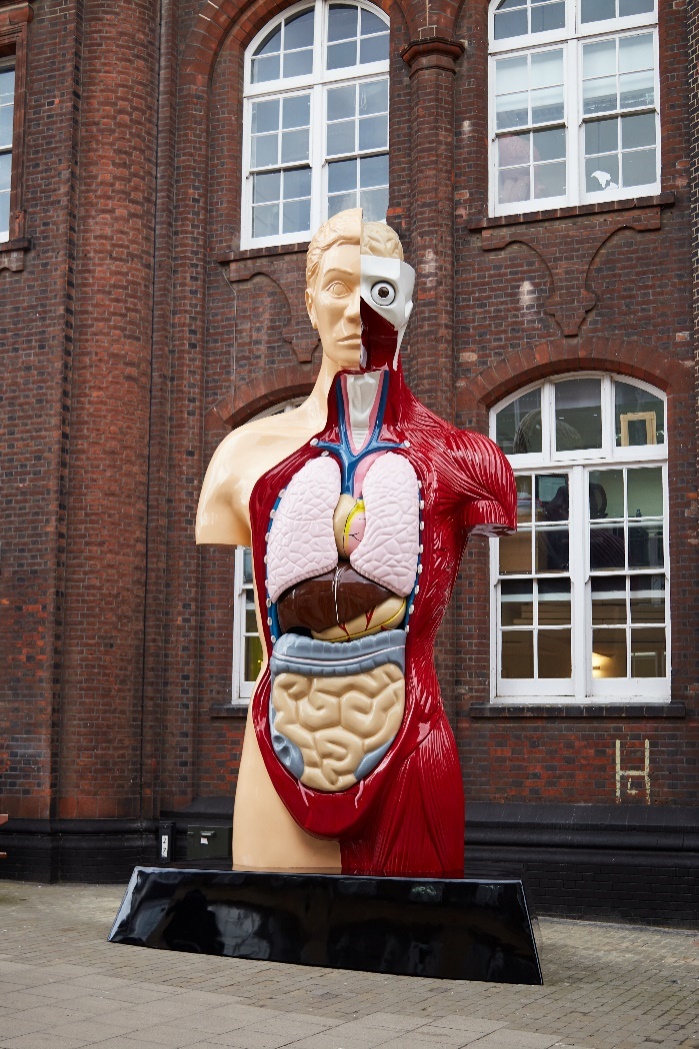
The East GalleryNUA has shown 18 exhibitions since 2017, attracting 23,250 visitors. The gallery, which offers free entry to the public, has exhibited national and international standing, including Anthony Caro, Alfred Munnings, Eduardo Paolozzi and Cornelia Parker. Since 2018, East GalleryNUA has been complemented with a plinth on campus, exhibiting Damien Hirst and Anthony Caro. Additional artist’s and curator’s talks for the public have complemented many of the exhibitions, some of which, like ‘Mutator VR’ have attracted audiences who would not normally visit art galleries.
Festivals are an important way for us to share the creative life of NUA with communities in our region. We collaborate with the annual Norfolk and Norwich Festival and 2020 sponsored the first Norwich Festival of Light, attracting 15,000 visitors. Three installations were on our campus, inviting visitors to experience contemporary art using light. NUA’s Dean of Design and Architecture delivered a seminar as part of the festival.
Each summer, NUA exhibits UG and MA Degree shows. 9,000 visitors explore the campus, enjoying work from all courses across Art, Design, Architecture and Media. In 2020 we created an online Graduate Showcase https://nuagradshowcase.com/ which has had 19,000 visits since launch.
The East GalleryNUA has shown 9 exhibitions since 2017, attracting 23,250 visitors. The gallery, offering free entry to the public, exhibits national and international artists, including Anthony Caro, Alfred Munnings, Eduardo Paolozzi and Cornelia Parker. In 2018, we installed a plinth on campus, exhibiting important works by Damien Hirst and Anthony Caro, bringing art into the conversation of the city.

Our ‘Blue’ animation project - exploring the role of innovative ASMR and Lo-fi Hip Hop animated resources in the management of youth mental health was built on original work designed to avoid escalation of student mental health problems. It is being developed in conjunction with Norfolk County Council, with the intention that it will be widely deployed across youth provision in the region.
Aspect 4: Results and learning
The most important outcomes relate to our strategic aims:
Growth of Creative Industries, both in our region and nationally – monitored through regional and national economic data, and individual business-level data that we collect. In New Anglia the creative sector accounts for 3% (mostly graduate) jobs, and 7% of businesses, reflecting a vibrant start-up culture.
Evidence that ‘sustainability’ has been positively impacted, assessed through monthly reporting to SMT. An example would be the Broads Landscape project, which connected different communities to the natural landscape through creative activity.
Evidence that lives have been positively transformed. This is monitored through:
Employability data, collected through our own survey and Graduate Outcomes, cross-referenced for engagement in KE.
Self-assessed skills-gain data collected through the NUA Profile digital platform. This is accessed by every student, logging evidence of progress against 10 key employability skills. The data is used to build a stronger employability approach
Student and graduate use of the projects in portfolios, CVs and cover letters.
Adoption of transformational ideas by other organisations – for example where schools, FE colleges and businesses have used NUA Profile to facilitate better outcomes for their own communities.
Feedback from student focus groups, for example on the ‘Blue’ animation project.
Aspect 5: Acting on results
NUA works with business to build feedback on our KE engagement into future projects. For example:
The Creative Sector Skills plan indicated that 90% regional creative business employ less than 4 people**, inhibiting growth – so we developed the Creative Internship programme – centralised delivery of a graduate training scheme for creative SME’s which enabled 45 businesses to grow their teams. Our results and insights have been shared through EIRA.
The Skills Plan highlighted the need to improve regional career pathways, building better links from education to work. So NUA became a partner in the NEACO, creating visibility for creative career paths across all demographic groups. We also integrated employability further into our ideasfactoryNUA model.
We know from participation in the New Anglia LIS that the Norwich creative cluster* is growing at 6% each year, the biggest sectors being Creative Software, including Animation & UX. This work directly informed our undergraduate course development strategy, with the launch of VFX, Interaction Design and UX Design since 2017. Regional businesses operating in these sectors have co-developed the course, participate in Industry Liaison Groups, offer work-based learning and have joined our Governance team.
As well as highlighting regional conservation issues, the Broads Landscape project built student understanding of how their creative/design skillset contributes to other areas of life. Along with our work with Marsh, this led to the Connecting Creative Capability project, which will build visibility for creative pathways across the economy.
The ‘Blue’ animation project is reviewed regularly by KE and Research leads. It builds on insights shared by students on their current use of ASMR and Lo-Fi HipHop to creative expertise in the academic and post-graduate community, and partners in public health at County Council and the Norfolk and Norwich Hospital. The project has been widely shared with other educators and youth organisations. It is one of several projects linking creative practice to health, including the Hospital Rooms project.
*Nesta 2018
**New Anglia LEP 2020
For further information, please send queries to s.steed@nua.ac.uk